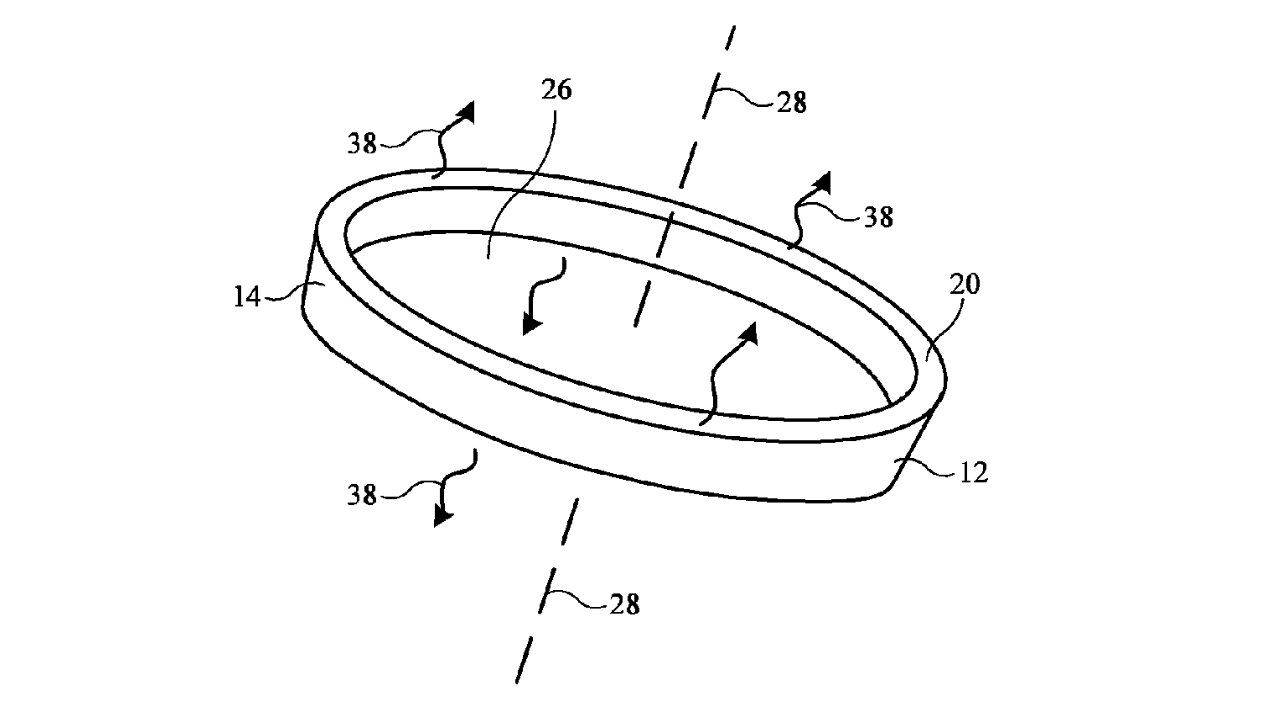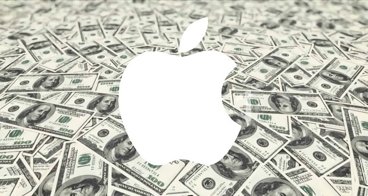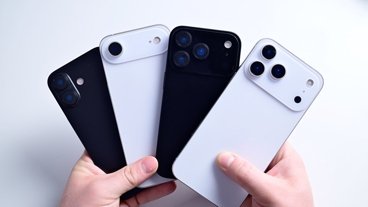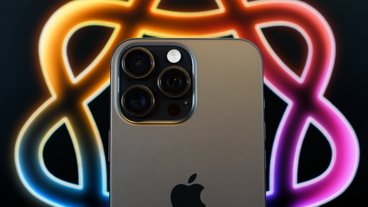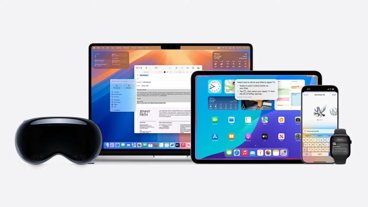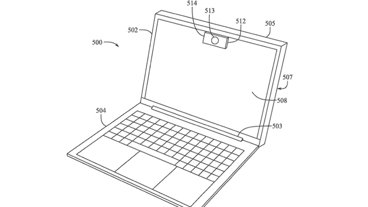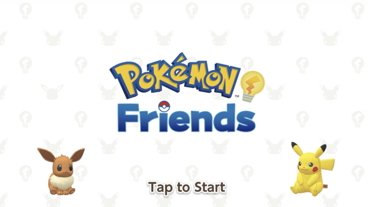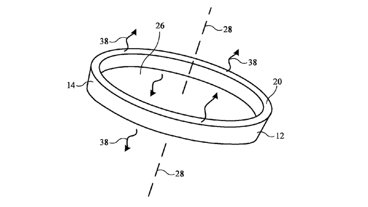New research from Apple shows that it is looking at how to make an Apple Ring display a notification — and then how that same system can be used across practically every device.
Practically all of the many, many rumors concerning an Apple Ring — and even previously published Apple patents — have concentrated on health benefits. Specifically, it's been assumed that an Apple Ring could add accuracy to measurements and sensors in the Apple Watch.
But now a shows that Apple has been looking at how a ring could display information, as well as measure it. "Electronic devices with edge illuminators," spends much of its 14,000 words trying to claim it's about everything from a purse to a yoga mat, but practically all of its illustrations show a ring.
Apple patents always try to describe applications for its proposals in the very widest and the very shallowest of ways. It definitely wants to stake a claim on every conceivable interpretation so that it can fight future infringements, but it also doesn't want to give away too many specifics.
That last tends to be because the inventors listed on the patent are more concerned about how a result could be achieved than they are about why you would want it. So although there is some obfuscation in listing yoga mats, speakers, headphones, bags, cases, clothing, and so much more, the idea really could be applied to them all.
Yet it's the devices that could be "worn on a person's body (e.g.a person's wrist, arm, finger, arm, neck, waist, ankle, or other suitable body part)" that Apple uses as its chief example. And the chief purpose of the example is to propose what Apple calls edge illuminators.
"The edge illuminator may include a one-dimensional array of pixels formed from light-emitting diodes or other light-emitting devices," it says. "The edge illuminator may provide illumination to the border area of a device."
Picture a ring that has lights around the side or on the edges between the outer surface and where it touches the skin. Apple has so often produced metal devices such as MacBooks where there is no apparent spot for a light until it's turned on.
That could happen again here, meaning that the ring may be typically Apple-like in its aesthetics — but also typically Apple-like in its usability.
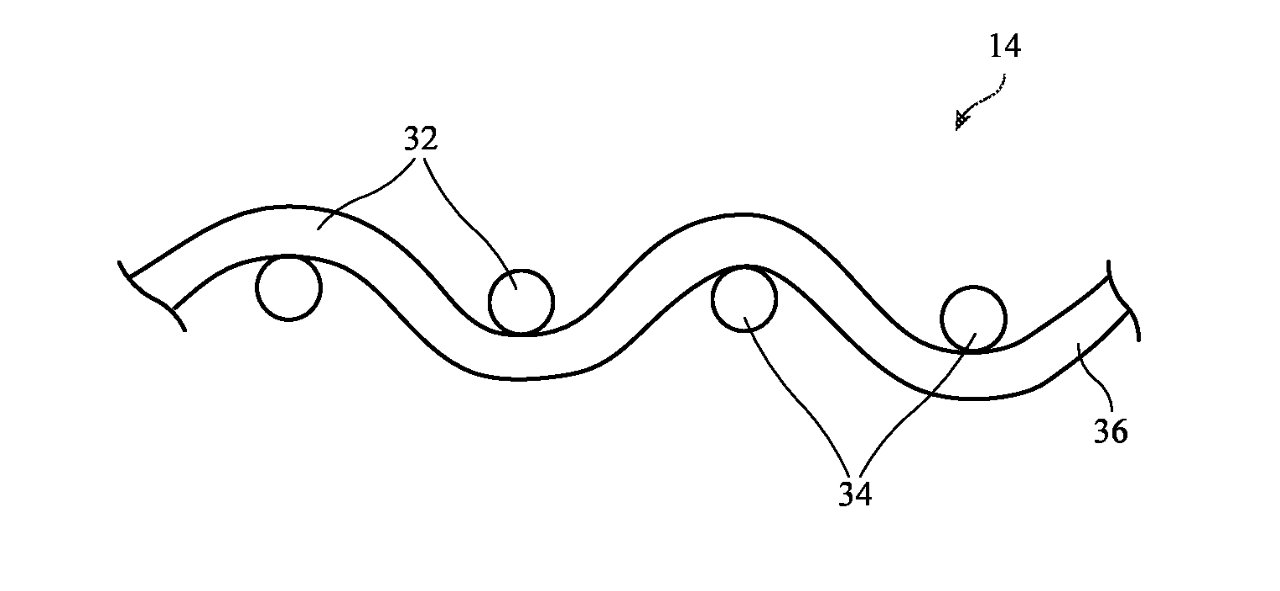 While the patent lists many different devices, this is one of very few drawings showing fabric instead of a ring — image credit: Apple
While the patent lists many different devices, this is one of very few drawings showing fabric instead of a ring — image credit: AppleFor just being able to control a light on the device "may serve as low-resolution visual output for conveying certain information to a user without providing so much information that the user is distracted or otherwise interrupted from a present task."
There's one key mention of such a device also having haptic feedback, too. That seems necessary since it's easy to imagine only noticing a visual cue like edge illumination when, say, typing.
And then equally, it's hard to see illumination being useful by itself when the user is walking. Or perhaps even when they are driving, as a ring might be entirely covered up by gloves.
But Apple proposes that the device react differently depending on the situation. The patent says that the device could provide "haptic and visual output when [the] device... is being worn, versus only visual output" when it is not.
That immediately means that the device must be able to detect when it is or is not being worn. Conceivably, a user could be required to specify that they have it on or not, but you can't imagine Apple wearing that — pun intended.
And the patent does specify several ways in which a device could determine whether it's being used or not.
Apple says that "control circuitry... may operate [the] device... in a first mode when the tension sensor indicates" that it is being worn.
In one of the few examples not clearly applicable to a ring, Apple says that this detection would use tension sensors "e.g. strain gauges, load cells."
The description here centers on fabrics, with the idea that this device could be part of clothing. "If tension in [the] fabric... is above a given threshold, control circuitry... may determine that [the] device... is being worn around the user's wrist or other body part."
Similarly, the device could take a lack of tension as meaning that it is not being worn. That could also prompt other features, not included in this patent, such as turning on a low-power option.
If there's one thing anybody can be sure about in the slew of Apple Ring rumors, it's that it's going to be small. And so its battery is going to be so tiny that it makes the one in the iPhone 17 Air seem rather enormous.
Yet this patent shows Apple looking to maximize functionality, while also making sure the battery is only used when necessary.
